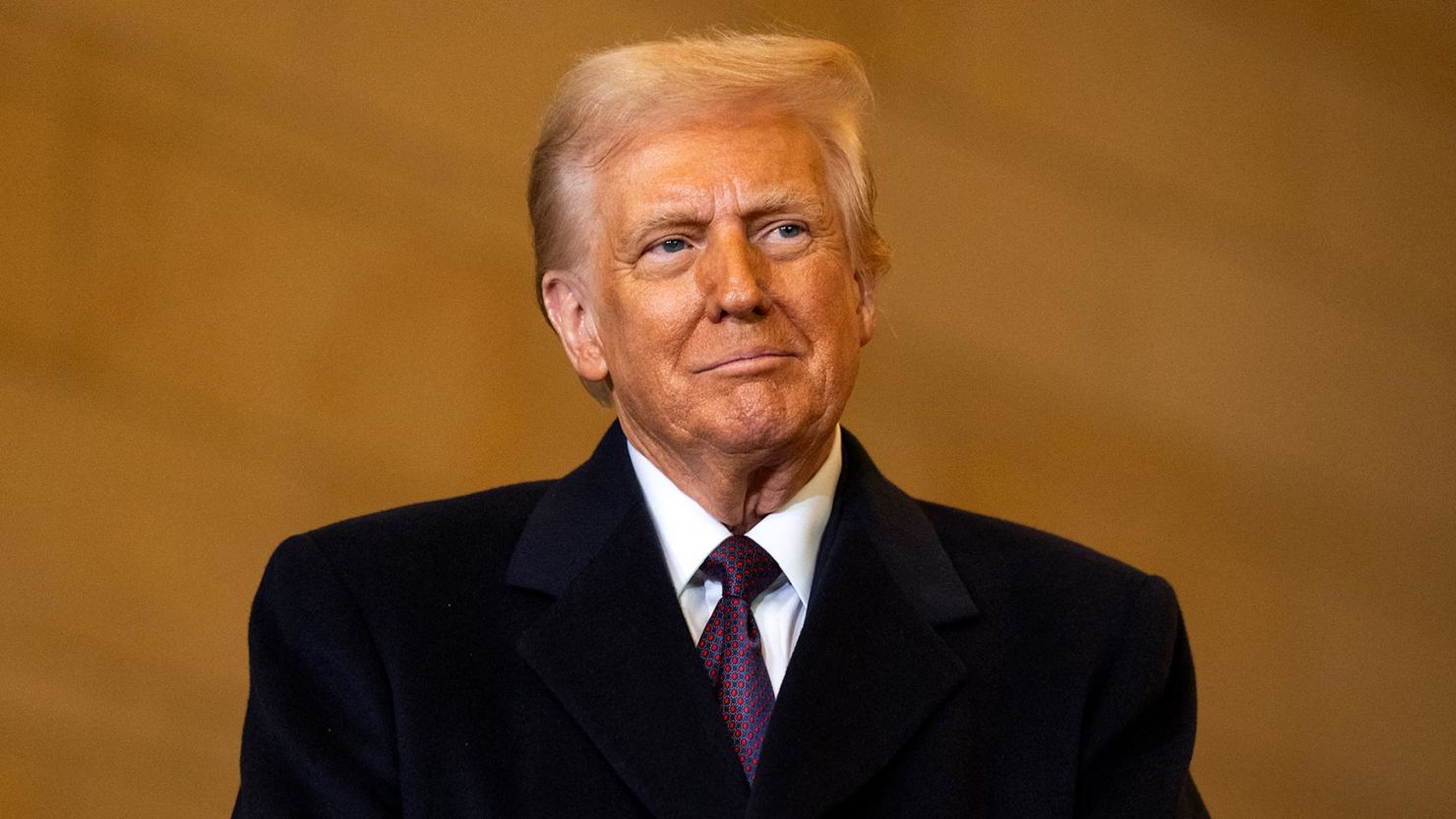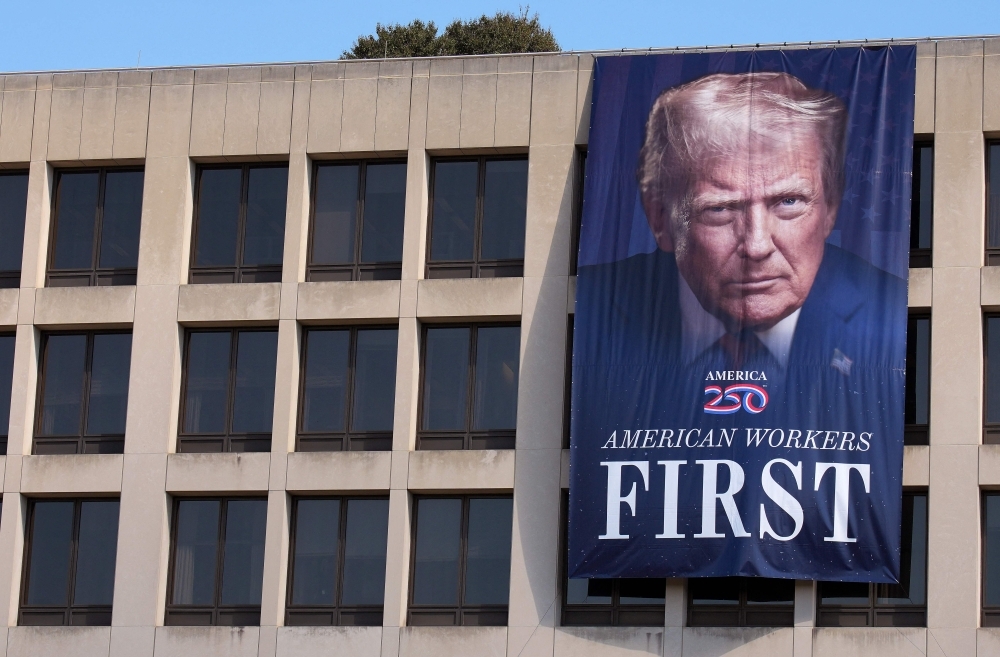WASHINGTON — In a bold move that’s sure to ripple through the economy, former President Donald Trump has announced a new wave of tariffs targeting everyday goods and critical industries — from medicines and furniture to kitchen cabinets and trucks.
Starting October 1, Trump says he will implement 100% tariffs on pharmaceutical drugs, 50% on kitchen cabinets and bathroom vanities, 30% on upholstered furniture, and 25% on heavy trucks. This latest push underscores Trump’s long-standing belief that tariffs can bolster American manufacturing and shrink the federal budget deficit.
The announcement came via a series of posts on his social media platform, Truth Social, where Trump framed the import taxes as necessary not only for economic reasons but also for “national security and other reasons.” However, no legal or formal justification was provided.
A Risky Gamble in a Fragile Economy
Trump’s tariff push arrives at a time when the U.S. economy is navigating choppy waters — a booming stock market on one side and slowing job growth with persistent inflation on the other. Many economists warn these new taxes may only intensify the pressure on American consumers and businesses.
“These price hikes will pass directly to the consumer,” noted Federal Reserve Chair Jerome Powell, warning that rising goods costs are already a significant driver of today’s inflation levels.
Despite this, Trump insists inflation “is no longer a challenge,” arguing for aggressive interest rate cuts — and even calling for Powell to resign.
Health at Stake?
The impact of a 100% tariff on pharmaceuticals could be dire. In 2024 alone, the U.S. imported $233 billion worth of medicines. If prices spike overnight, millions of patients may face unaffordable treatment, while systems like Medicare and Medicaid could be stretched to the breaking point.
Pascal Chan from the Canadian Chamber of Commerce warned that Americans could face “immediate price hikes, strained insurance systems, hospital shortages, and the real risk of patients rationing or foregoing essential medicines.”
Trump tried to ease concerns by stating the tariff won’t apply to companies currently building U.S.-based facilities — but clarity on how this affects existing domestic manufacturers remains murky.
Homeownership Gets Harder
The 50% tariffs on cabinets and vanities could also push homebuilding costs even higher, just as aspiring buyers struggle with high mortgage rates and tight housing inventory. Although listings are slightly up this year, the median home price remains at a steep $422,600, according to the National Association of Realtors.
For the furniture industry, already reeling from supply chain disruptions and cost pressures, this is another body blow.
Trucking Industry Support or Consumer Burden?
Trump’s defense of domestic truck manufacturers like Peterbilt, Kenworth, and Freightliner includes a 25% tariff on foreign heavy trucks and parts, intended to guard against foreign “interruptions.”
But with inflation still climbing — the consumer price index rose by 2.9% over the past year — critics argue that these tariffs may worsen the very issues they aim to solve.
Are Tariffs Creating Jobs?
Despite Trump’s assertions that tariffs boost factory activity, recent data paints a different picture. Since April, U.S. manufacturers have cut 42,000 jobs, and construction employment is also down by 8,000.
Yet Trump remains defiant, stating, “There’s no inflation. We’re having unbelievable success.”
He also acknowledged the unintended consequences of his earlier trade battles, especially with China, which hurt American farmers. On Thursday, he once again promised to use tariff revenue to aid affected farmers, similar to payouts during his first term.




